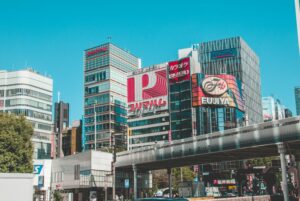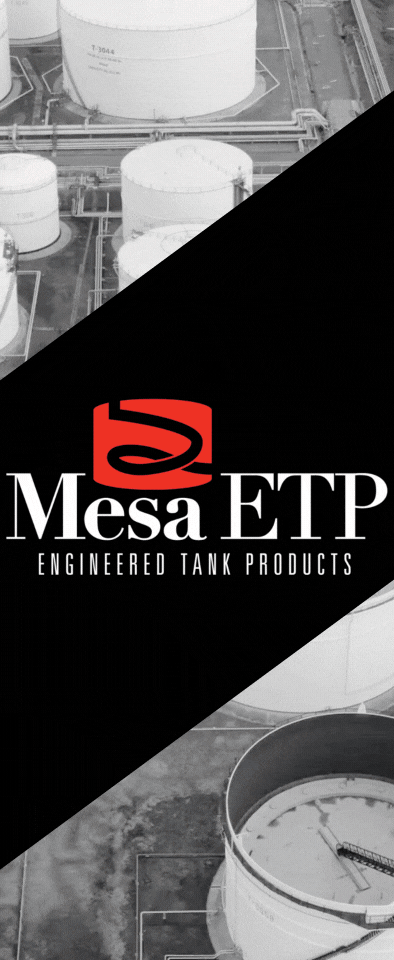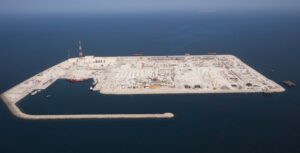Home to half of the world’s population and contributing a third to the global GDP, the Asia Pacific region is expected to maintain a 50% share of global primary energy demand and a 60% share of global carbon emissions until 2050. This trend is unlikely to change without strong policy action and investment. However, the region still has the potential to turn these challenges into opportunities and become a global leader in the energy transition, according to ‘Wood Mackenzie’s Asia Pacific Energy Transition Outlook (ETO)’ report.
Prakash Sharma, vice president, scenarios and technologies research at Wood Mackenzie, says: ‘Every  country in the Asia Pacific region is vastly different in terms of population growth, economic development, policy landscape, what natural resources they have and – more importantly – what they don’t have will determine how they transition to a low-emissions pathway.’
country in the Asia Pacific region is vastly different in terms of population growth, economic development, policy landscape, what natural resources they have and – more importantly – what they don’t have will determine how they transition to a low-emissions pathway.’
‘The Asia Pacific region is the largest power generation and renewables market today, but it’s also the most diverse. Each nation has different local resources, economic factors, and political situations that drive it. To balance the steps needed to decarbonise with economic reality, renewables and electric vehicles (EVs) will be key to this region’s transition,’ adds Jom Madan, energy transition research at Wood Mackenzie.
According to Wood Mackenzie’s base case scenario, the Asia Pacific EV stock is projected to rise from 24 million cars today to a staggering 635 million units by 2050. Furthermore, an additional 30% growth in EV stock is expected in the pledges scenario, while the net zero scenario anticipates a remarkable 60% increase. This exponential growth is driven by the affordability of EVs and the availability of resources in the region.
In Wood Mackenzie’s base case, low-carbon supply accounts for 35% of power generation today, and it’s projected to rise to 75% by 2050, while the share of wind and solar increases to over 54%. China is set to achieve a cumulative solar and wind capacity of 2,000 GW by 2030, exceeding their target. By 2050, Australia is poised to lead the Asia Pacific region in renewable power generation, with a share of more than 80% in the base case and the scenarios.
This rapid growth in variable renewables is accompanied by adopting energy storage, hydrogen, small modular nuclear reactors, and geothermal technologies. By 2050, nearly 50% of the world’s new technology opportunities for low carbon emission will be in the Asia Pacific.
Low-carbon hydrogen will reach 3.5% of final energy demand by 2050 in the base case and 12% in the net zero scenario, pushing out fossil fuels in chemicals, steel, cement and heavy-duty mobility.
In Wood Mackenzie’s base case, point source and direct air carbon capture are expected to increase from 3 million tonnes in 2023 to 755 million tonnes by 2050. In the net zero case, the deployment will reach about 3,360 million tonnes by 2050. However, a significant expansion will be required to develop transport, shipping, and storage infrastructure to accommodate this increase.
Roshna Nazar, research analyst, energy transition at Wood Mackenzie says: ‘The successful implementation of CCUS and low-carbon hydrogen requires strong policy support. Although several markets have established goals of achieving net zero emissions, few countries are currently on track to meet them. Robust carbon pricing, tax incentives, and supportive regulatory regimes are needed to incentivise the transition and close the emissions gap.”
‘The Asia Pacific region is accounting for a third of global oil demand, a quarter of global gas demand, and 80% of global coal demand. But it doesn’t produce enough to meet this demand on its own,’ adds Nazar.
According to Wood Mackenzie, gas demand will continue to increase for 15 years in all scenarios, with growth in power and industry offsetting the long-term decline in buildings. By 2050, gas demand is expected to grow from 890 billion cubic meters (bcm) to 1,285 bcm in the base case but fall to 655 bcm in the net zero scenario.
‘Despite most of the Asia Pacific region being net importers of both oil and gas, domestic gas supply is declining in the region. It will require either new discoveries or liquefied natural gas (LNG). Even in the net zero scenario, substantial investment will be needed to maintain the supply from existing fields and develop new sources,’ says Nazar.









